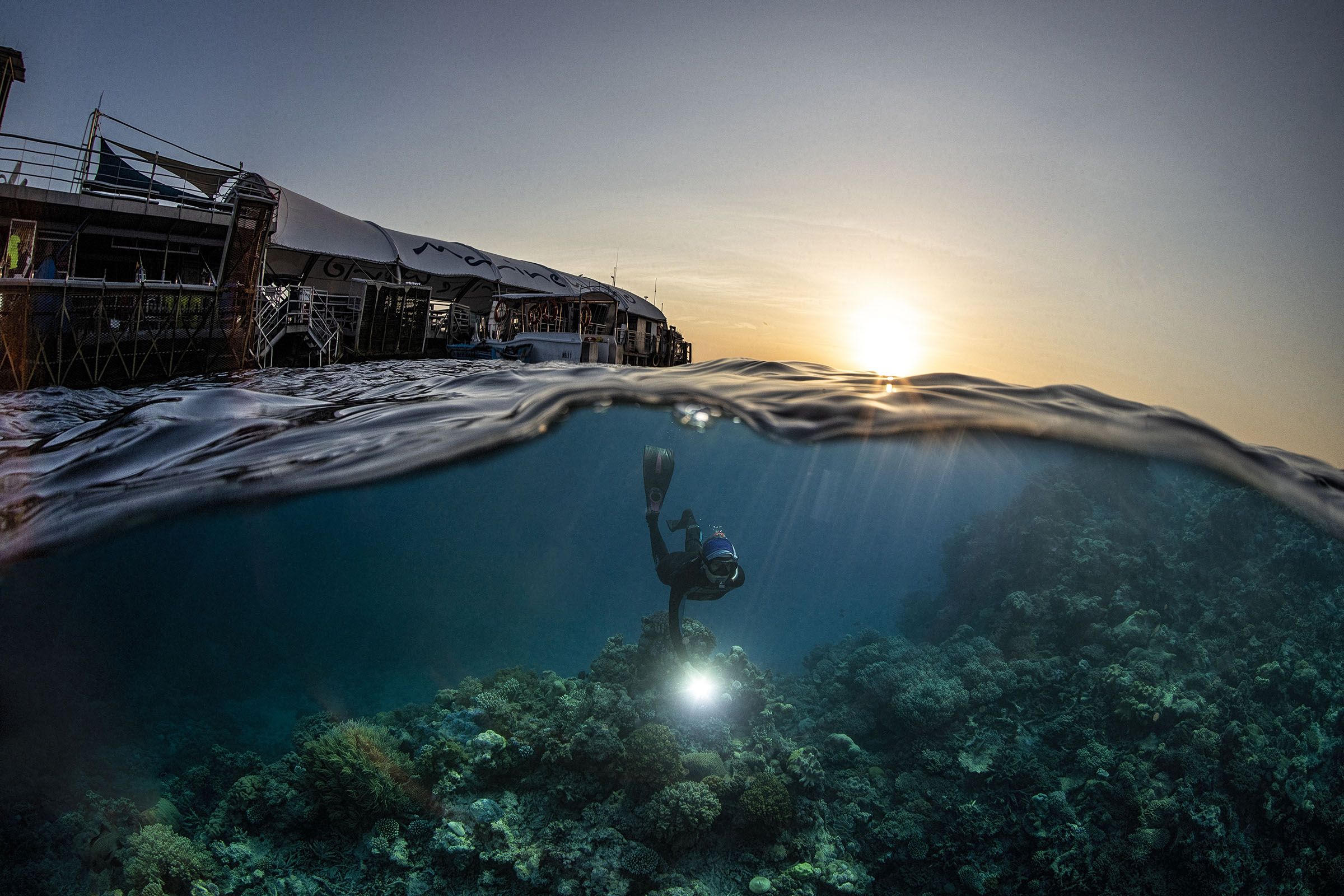This year, Australia’s Great Barrier Reef was hit by another mass bleaching. Scientists say the reef isn’t dying, but it also isn’t thriving. With only about 100 of the 3,000 individual reefs actively monitored, there’s still much to learn.
In November, the Great Reef Census—a citizen project led by Earth Hour co-founder Andy Ridley and supported by local tourism operators and their guests—will move into its third year of mapping the entire 1,400-mile reef, resulting in critical knowledge to safeguard its future. Visitors can also learn about traditional reef management from Dreamtime Dive & Snorkel’s Indigenous sea rangers, or aboard Reef Magic, a newly launched sustainably powered pontoon (using 18 solar panels and three wind turbines). Its team of Indigenous guides interweave Aboriginal storytelling with Western science, while an onboard marine-biology lab conducts research. Guests can swim, snorkel, scuba dive, or just lounge in the sun.

Other new attractions include Townsville’s Museum of Underwater Art and the Lady Musgrave Pontoon.
Pent-up demand for travel to Australia prompted United Airlines to add new nonstop, year-round transpacific service between San Francisco and Brisbane, beginning in October.
- Why Biden Dropped Out
- Ukraine’s Plan to Survive Trump
- The Rise of a New Kind of Parenting Guru
- The Chaos and Commotion of the RNC in Photos
- Why We All Have a Stake in Twisters’ Success
- 8 Eating Habits That Actually Improve Your Sleep
- Welcome to the Noah Lyles Olympics
- Get Our Paris Olympics Newsletter in Your Inbox